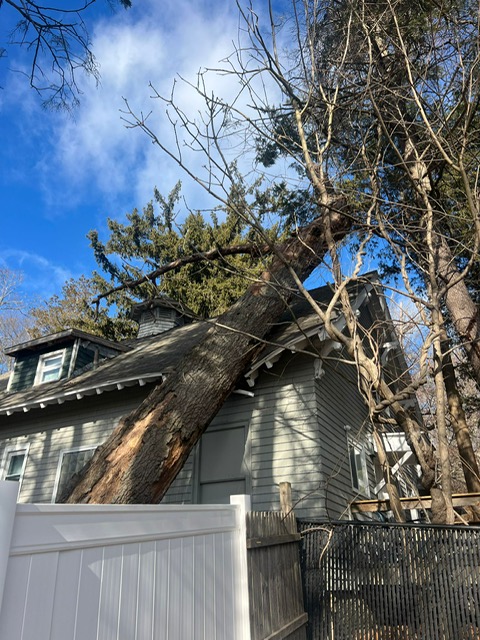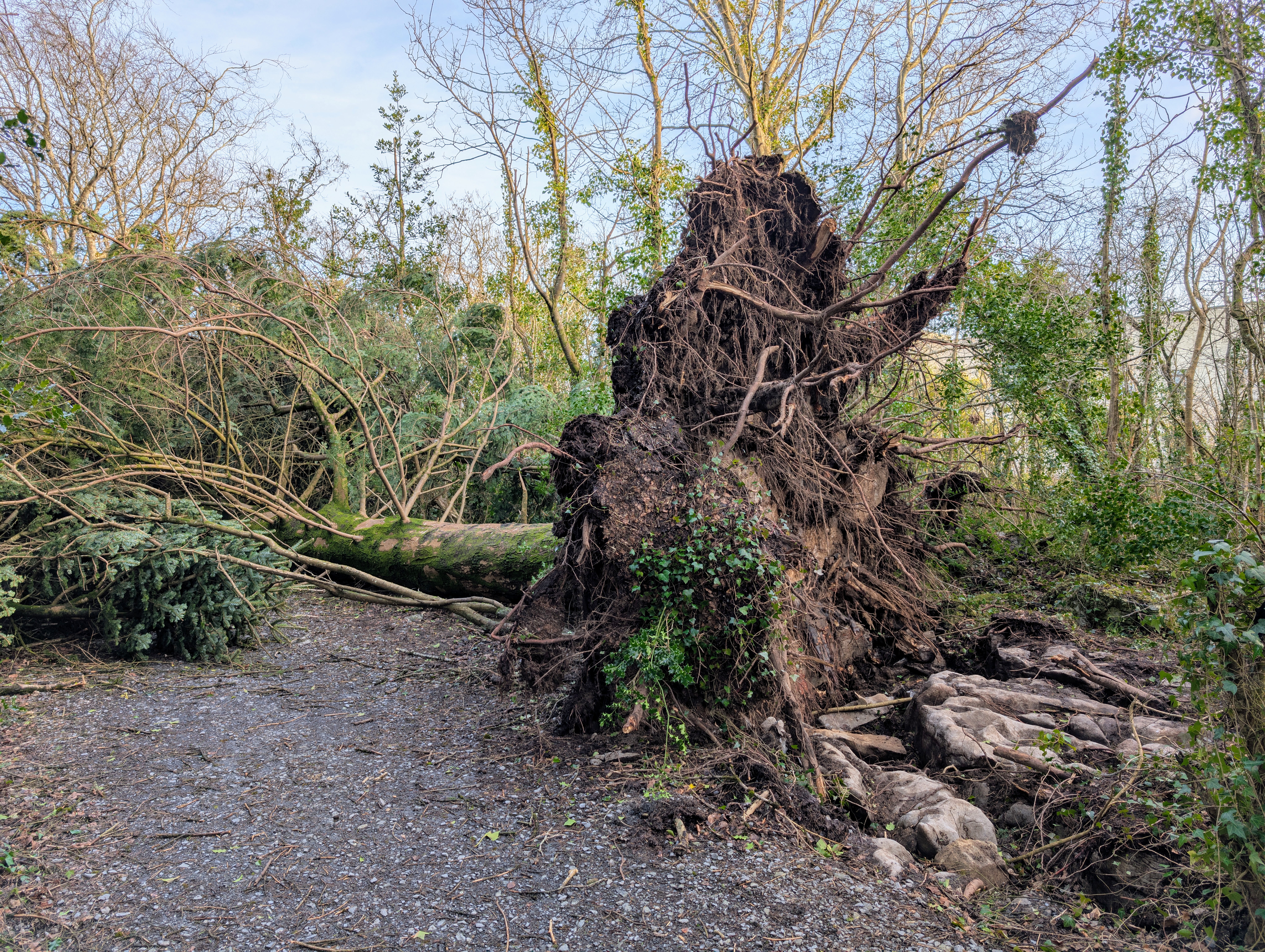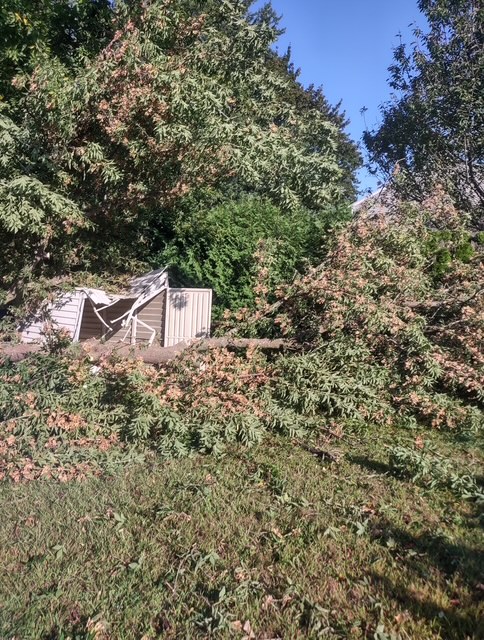Tree Damage and Insurance Claims: What Homeowners in the U.S. Should Know After a Storm
By Tree Emergency Expert
Tree Emergency Expert

Not all tree damage is treated the same by your homeowners insurance. In most cases, you’re covered if a fallen tree damages your house, fence, or garage — but there are exceptions. For example, you’re usually protected if a storm knocks a tree onto your roof or if a neighbor’s tree falls onto your property. However, if a dead or neglected tree comes down without hitting anything, or blocks only your yard, your policy may not cover the removal costs.
Tree Damage and Insurance Claims: What Homeowners in the U.S. Should Know After a Storm
Storms never give warnings — they hit fast, and when they do, trees can cause serious damage in seconds. As stated by the Insurance Information Institute, wind and hail account for nearly half of all homeowners’ insurance claims each year. But when that fallen oak crushes a fence or lands on your roof, one big question comes next: “Will my insurance cover this?”
I’ve seen countless homeowners scramble for answers right after a storm — unsure whether they’re covered, who to call, or how to document the damage. If you know what your policy covers and act fast, you can avoid a huge bill and a lot of stress.
Let’s break down exactly what most insurance policies cover when it comes to tree damage — and what steps to take immediately after a storm hits.
1. What Homeowners Insurance Typically Covers for Tree Damage
Most standard homeowners’ policies cover tree damage if it affects a covered structure — like your home, garage, or fence. For example:
✅ A tree falls on your roof or fence: Usually covered, including debris removal.
✅ A neighbor’s tree falls on your property: Still covered by your policy, not your neighbor’s (unless you can prove negligence).
⚠️ A tree falls without causing damage: Most policies won’t pay for removal unless the tree blocks your driveway or an accessible entrance.
❌ Dead or neglected trees: If the tree was clearly rotting or a known hazard before it fell, your claim could be denied.
Every policy is a little different, so it’s worth reading your “Fallen Trees” or “Wind Damage” section — or calling your insurer before a storm season to clarify.
2. When Insurance Won’t Cover Tree Damage
Here’s where homeowners often get tripped up: maintenance matters. Your insurance covers sudden accidents, not problems that come from putting off maintenance. If the adjuster determines the tree was diseased, leaning dangerously, or already dead, the removal and repairs may fall on you.
Share this article:
Related Articles

Nor’easter 2025: What CT, NJ & NY Homeowners Should Know (And How to Protect Your Trees)
This upcoming nor’easter isn’t just targeting Connecticut — it’s also expected to hit New Jersey and New York with strong winds, heavy rain, and coastal flooding. Trees near the coast or in vulnerable spots will face risks. Get your property prepared now to avoid damage.

How Do I Safely Inspect Tree Damage After a Storm?
At 1 Tree Emergency, we specialize in emergency tree services and post-storm response, so we know what to look for when assessing storm damage. This guide will help you understand how to safely inspect trees after a storm, what warning signs to check for, and when it’s time to call a professional.
Need Emergency Tree Service?
Our team of certified arborists is available 24/7 to handle any tree emergency.
